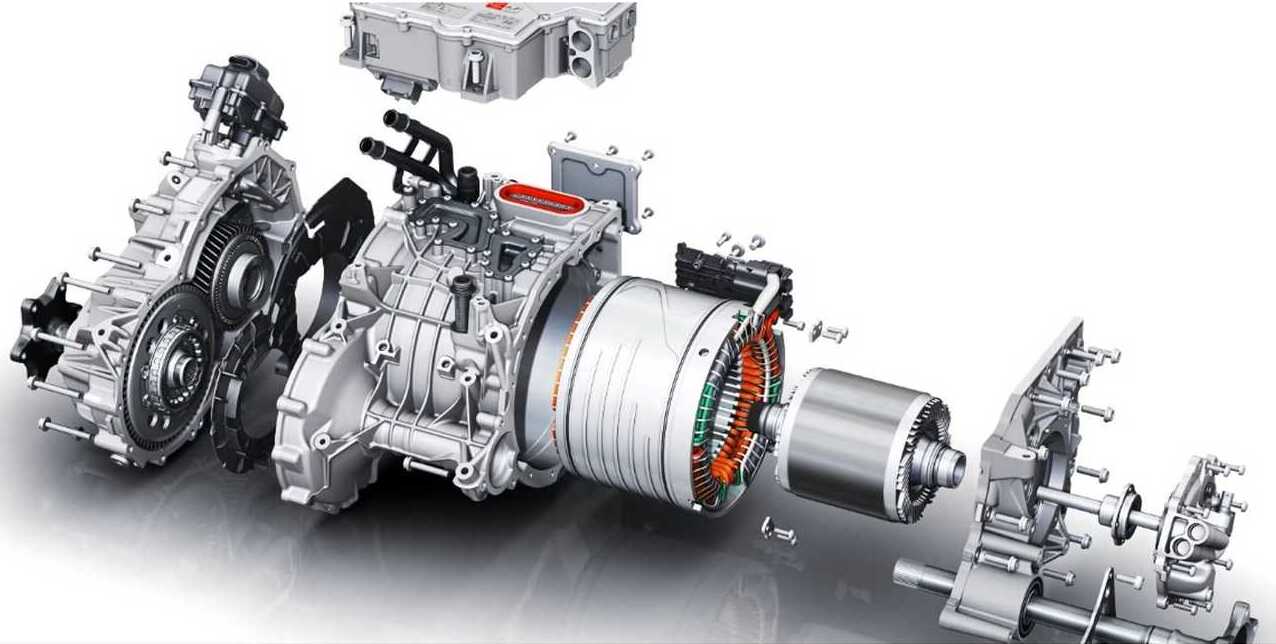

Articles
What Electric Motor Does Tesla Use
Modified: August 27, 2024
Discover what electric motor Tesla uses in their vehicles and learn more about the technology behind it. Read our informative articles on this topic.
(Many of the links in this article redirect to a specific reviewed product. Your purchase of these products through affiliate links helps to generate commission for Storables.com, at no extra cost. Learn more)
Introduction
In the world of electric vehicles, Tesla has emerged as a pioneer and industry leader. Known for their cutting-edge technology and impressive performance, Tesla vehicles have captured the imagination of car enthusiasts and eco-conscious individuals alike. At the heart of every Tesla vehicle lies their groundbreaking electric motor.
In this article, we will explore the electric motors used by Tesla and dive into the various types and technologies that make them stand out. From AC induction motors to permanent magnet motors, we will examine the key features and benefits of each. So let’s rev up our engines and take a closer look at the driving force behind Tesla’s success.
Key Takeaways:
- Tesla’s electric motors, including AC induction and permanent magnet motors, power their vehicles with impressive acceleration, efficiency, and performance. The dual motor setup combines the best of both worlds for optimal power delivery and handling.
- With instantaneous torque, high efficiency, regenerative braking, and low maintenance, Tesla’s electric motors offer a smooth, quiet, and reliable driving experience. The continuous innovation in electric motor technology positions Tesla as a driving force in sustainable transportation.
Overview of Tesla Electric Motors
When it comes to electric motors, Tesla utilizes two main types: AC induction motors and permanent magnet motors. Both of these technologies offer distinct advantages and contribute to the impressive performance and efficiency of Tesla vehicles.
Let’s start with AC induction motors, which are the primary type used in Tesla’s earlier models such as the Roadster and Model S. AC induction motors work by using alternating current to create a rotating magnetic field, which in turn causes the rotor to spin. This technology is based on the principles discovered by pioneering inventor Nikola Tesla, after whom the company is named.
On the other hand, permanent magnet motors, also known as synchronous motors, were introduced in Tesla’s Model 3 and subsequent models. These motors use permanent magnets to generate the magnetic fields necessary for the rotor to rotate. Compared to AC induction motors, permanent magnet motors offer higher power density and improved efficiency.
Despite the differences in technology, both types of motors used by Tesla share some common characteristics. They are compact, lightweight, and offer instantaneous torque, allowing for rapid acceleration and impressive performance. Additionally, these motors require minimal maintenance and have a long lifespan, making them well-suited for electric vehicles.
Now that we have a general overview of the types of electric motors used by Tesla, let’s take a closer look at each technology to understand their specific advantages and applications.
AC Induction Motors
AC induction motors have been the workhorse of the automotive industry for many years. Tesla initially adopted this technology for their electric vehicles, leveraging its proven reliability and performance. The AC induction motor used in Tesla models is a three-phase, four-pole design.
One of the key advantages of AC induction motors is their simplicity. They have a robust construction with fewer moving parts, which translates to lower maintenance requirements and reduced chances of mechanical failure. This simplicity also contributes to the affordability of these motors, making them a cost-effective choice for electric vehicles.
AC induction motors offer excellent torque characteristics, allowing for impressive acceleration and smooth operation. This power and torque delivery is particularly evident in Tesla’s high-performance vehicles like the Model S Plaid, which can go from 0 to 60 mph in under two seconds.
Another advantage of AC induction motors is their ability to handle high temperatures. They are known for their thermal robustness, which means they can operate at higher temperature ranges without sacrificing performance or reliability. This attribute enables Tesla vehicles to maintain their power output even under demanding driving conditions or extended periods of high-speed driving.
However, AC induction motors do have some limitations. One of the notable drawbacks is their lower power density compared to permanent magnet motors. This means that for the same physical size, permanent magnet motors can deliver more power. Additionally, AC induction motors may have slightly lower efficiency when compared to permanent magnet motors.
Despite these drawbacks, AC induction motors remain a popular choice for Tesla vehicles due to their reliability, cost-effectiveness, and ability to deliver impressive performance. However, with the introduction of the Model 3 and subsequent models, Tesla began incorporating permanent magnet motors to further enhance their vehicles’ power and efficiency.
Permanent Magnet Motors
With the introduction of the Model 3, Tesla started incorporating permanent magnet motors into their lineup. These motors, also known as synchronous motors, offer several advantages over the AC induction motors used in earlier Tesla models.
One of the key benefits of permanent magnet motors is their higher power density. Due to the presence of permanent magnets in the rotor, these motors can deliver more power for their size. This higher power density translates into improved acceleration and overall performance.
Permanent magnet motors are also known for their high efficiency. The use of permanent magnets eliminates the need for the additional energy required to create a magnetic field, resulting in less energy loss and improved efficiency. This efficiency leads to better range and longer battery life for Tesla vehicles.
In addition to their power and efficiency advantages, permanent magnet motors offer improved control and precision. The magnetic field generated by the permanent magnets allows for precise control of the rotor’s position and speed, enabling more accurate and responsive operation. This enhanced control contributes to the smooth and seamless driving experience Tesla vehicles are known for.
Furthermore, the compact and lightweight design of permanent magnet motors allows for better weight distribution and handling in Tesla vehicles. By reducing the weight and size of the motor, it becomes easier to optimize the overall vehicle design and achieve a better balance between performance, range, and efficiency.
Overall, permanent magnet motors offer a significant step forward in terms of power, efficiency, and control compared to AC induction motors. They contribute to the impressive acceleration, range, and overall performance of Tesla vehicles, making them a key component of Tesla’s success in the electric vehicle market.
It’s worth noting that Tesla continues to refine and innovate in the field of electric motors, with ongoing research and development aimed at further improving the performance and efficiency of their vehicles. The combination of AC induction motors and permanent magnet motors in Tesla’s dual motor setup has also proven to be a winning formula, providing the best of both worlds in terms of power and efficiency.
Tesla primarily uses an induction motor in their electric vehicles, which is known for its reliability and efficiency. This type of motor does not require rare earth metals, making it more sustainable.
Comparison between AC Induction Motors and Permanent Magnet Motors
Both AC induction motors and permanent magnet motors are widely used in electric vehicles, including those manufactured by Tesla. While they serve the same purpose of converting electrical energy into mechanical energy, there are some key differences between these two motor technologies.
One of the main differences lies in the way the magnetic field is generated. AC induction motors use a rotating magnetic field created by alternating current, while permanent magnet motors utilize permanent magnets embedded in the rotor to generate the magnetic field.
Power density is another differentiating factor between the two motor types. Permanent magnet motors have a higher power density compared to AC induction motors. This means that for a given physical size, permanent magnet motors can deliver more power, resulting in better acceleration and overall performance.
When it comes to efficiency, permanent magnet motors have an advantage. They require less energy to generate and maintain the magnetic field, resulting in less energy loss and improved overall efficiency. AC induction motors, on the other hand, may have slightly lower efficiency due to the additional energy required to create the rotating magnetic field.
Maintenance and reliability are aspects that favor both motor types. AC induction motors have a simpler construction with fewer moving parts, which reduces the likelihood of mechanical failure and leads to lower maintenance requirements. However, permanent magnet motors are also known for their reliability due to the absence of brushes, commutators, and other wear-prone components.
In terms of cost, AC induction motors are generally more cost-effective compared to permanent magnet motors. The simpler construction and widespread use of AC induction motors provide economies of scale, making them a more affordable option. However, as technology advances and demand for electric vehicles grows, the cost gap between the two motor types is narrowing.
Lastly, it’s worth noting that Tesla has incorporated both motor types in their lineup through the dual motor setup. This allows for the best of both worlds – the power and performance of permanent magnet motors in the rear, combined with the efficiency and regenerative braking capabilities of AC induction motors in the front.
Ultimately, the choice between AC induction motors and permanent magnet motors depends on various factors such as the desired performance, efficiency, cost, and specific application requirements. Both motor types have their strengths and are utilized effectively in Tesla vehicles to deliver an exceptional driving experience.
Read more: What Does An Electric Motor Do
Dual Motor Setup in Tesla Vehicles
One of the unique features of Tesla vehicles is the dual motor setup, combining both AC induction motors and permanent magnet motors. This innovative configuration provides a balance between power and efficiency, enhancing the overall performance and driving experience.
In the dual motor setup, Tesla vehicles have one motor at the front axle and another at the rear axle. The front motor is typically an AC induction motor, while the rear motor is a permanent magnet motor. This arrangement allows for independent control of each motor, optimizing power distribution and improving traction in various driving conditions.
The dual motor setup offers several advantages over a single motor setup. One significant benefit is improved acceleration and traction. By distributing power to both the front and rear wheels, Tesla vehicles can maximize their grip on the road, resulting in quicker and smoother acceleration, especially in adverse weather conditions or challenging terrains.
In addition to improved traction, the dual motor setup also enhances the handling and stability of Tesla vehicles. The ability to individually control each motor allows for dynamic torque vectoring, which means that power can be directed to specific wheels as needed, enhancing cornering ability and overall stability.
Another advantage of the dual motor setup is the regenerative braking capabilities it offers. The AC induction motor at the front axle is optimized for regenerative braking, enabling efficient energy recovery during deceleration. This feature helps to extend the range of the vehicle and improve overall energy efficiency.
Furthermore, the dual motor setup contributes to the overall efficiency of Tesla vehicles. By utilizing permanent magnet motors at the rear axle, which have higher power density and improved efficiency, Tesla can maximize the power output while maintaining energy efficiency. This combination of power and efficiency results in impressive range and performance for Tesla vehicles.
The dual motor setup also plays a crucial role in the implementation of Tesla’s advanced Autopilot and Full Self-Driving features. The individual control of each motor allows for more precise and responsive adjustments, enhancing the capabilities of the autonomous driving system in navigating various road conditions and obstacles.
Overall, the dual motor setup in Tesla vehicles combines the strengths of AC induction motors and permanent magnet motors, delivering exceptional acceleration, traction, handling, and efficiency. This innovative configuration sets Tesla apart from other electric vehicle manufacturers and contributes to their reputation for producing high-performance and technologically advanced electric vehicles.
Benefits of Tesla Electric Motors
Tesla electric motors offer a range of benefits that contribute to the impressive performance, efficiency, and overall driving experience of Tesla vehicles. Let’s explore some of the key advantages of Tesla electric motors.
1. Instantaneous Torque: Tesla electric motors deliver instant torque, providing rapid acceleration and responsive power delivery. This allows Tesla vehicles to go from 0 to 60 mph in record-breaking times, offering an exhilarating driving experience.
2. High Efficiency: Tesla electric motors are designed with high efficiency in mind. They convert electrical energy into mechanical energy with minimal energy loss, maximizing the range and overall energy efficiency of Tesla vehicles. This results in longer battery life and reduced charging times.
3. Regenerative Braking: Tesla electric motors are equipped with regenerative braking technology. When the driver applies the brakes, the motors reverse their function and act as generators, converting kinetic energy into electrical energy and storing it back into the battery. This extends the vehicle’s range and reduces wear on the braking system.
4. Low Maintenance: Tesla electric motors have a simple design with fewer moving parts compared to internal combustion engines. This translates to lower maintenance requirements and reduced chances of mechanical failure. Tesla vehicle owners can enjoy savings on maintenance costs over the lifetime of the vehicle.
5. Quiet and Smooth Operation: Unlike traditional internal combustion engines, Tesla electric motors operate quietly and provide a smooth driving experience. The absence of engine noise and mechanical vibrations adds to the comfort and tranquility of the driving experience.
6. Long Lifespan: Tesla electric motors are built to last. With proper maintenance, these motors can have a long lifespan and offer reliable performance over an extended period. This durability enhances the value and longevity of Tesla vehicles.
7. Dual Motor Setup: As mentioned earlier, Tesla vehicles utilize a dual motor setup, incorporating both AC induction motors and permanent magnet motors. This configuration provides improved traction, handling, and power distribution, enhancing overall performance and safety.
8. Continuous Innovation: Tesla is at the forefront of electric vehicle technology and continues to invest in research and development. They are constantly improving their electric motors, exploring advanced materials, and finding new ways to enhance performance, efficiency, and reliability.
With these benefits, it’s no wonder why Tesla electric motors have gained recognition for their outstanding performance and contribution to the electric vehicle revolution. They are a key component in making Tesla vehicles some of the most desirable and sought-after electric vehicles on the market.
Conclusion
Tesla’s electric motors are at the heart of their revolutionary vehicles, driving the company’s success in the electric vehicle market. With a dual motor setup that combines AC induction motors and permanent magnet motors, Tesla vehicles offer exceptional performance, efficiency, and range.
AC induction motors, with their simplicity and proven reliability, were initially used in Tesla models. These motors provide robust power and high temperature tolerance, making them well-suited for demanding driving conditions. However, as Tesla evolved, they introduced permanent magnet motors, which offer higher power density and improved efficiency.
The combination of AC induction motors and permanent magnet motors in Tesla’s dual motor setup allows for optimal power delivery, traction, and handling. It also enables features like regenerative braking and advanced control systems, further enhancing the driving experience and efficiency of Tesla vehicles.
The benefits of Tesla’s electric motors extend beyond performance. They require minimal maintenance, offer long lifespans, and operate quietly and smoothly. The power and efficiency of these motors contribute to longer battery life, reduced charging times, and overall energy savings.
As Tesla continues to innovate and invest in electric motor technology, we can expect further advancements in power, efficiency, and reliability. Tesla’s relentless pursuit of excellence in electric vehicle technology sets them apart from the competition and positions them as a driving force in the transition to sustainable transportation.
In conclusion, Tesla’s electric motors are a key component in their vehicles’ success, offering impressive acceleration, efficiency, and performance. With their commitment to continuous improvement and innovation, Tesla is driving the future of electric mobility and reshaping the automotive industry.
Frequently Asked Questions about What Electric Motor Does Tesla Use
Was this page helpful?
At Storables.com, we guarantee accurate and reliable information. Our content, validated by Expert Board Contributors, is crafted following stringent Editorial Policies. We're committed to providing you with well-researched, expert-backed insights for all your informational needs.
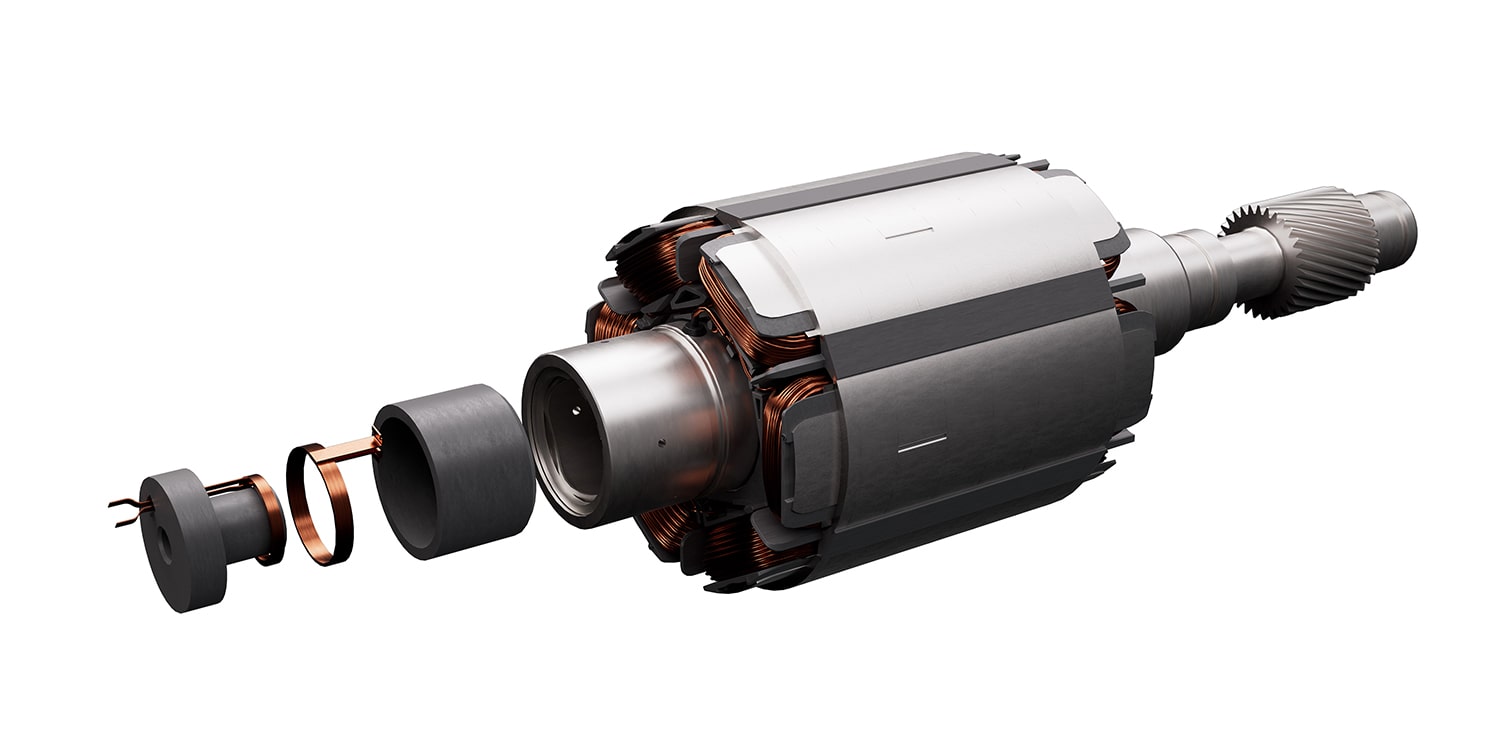
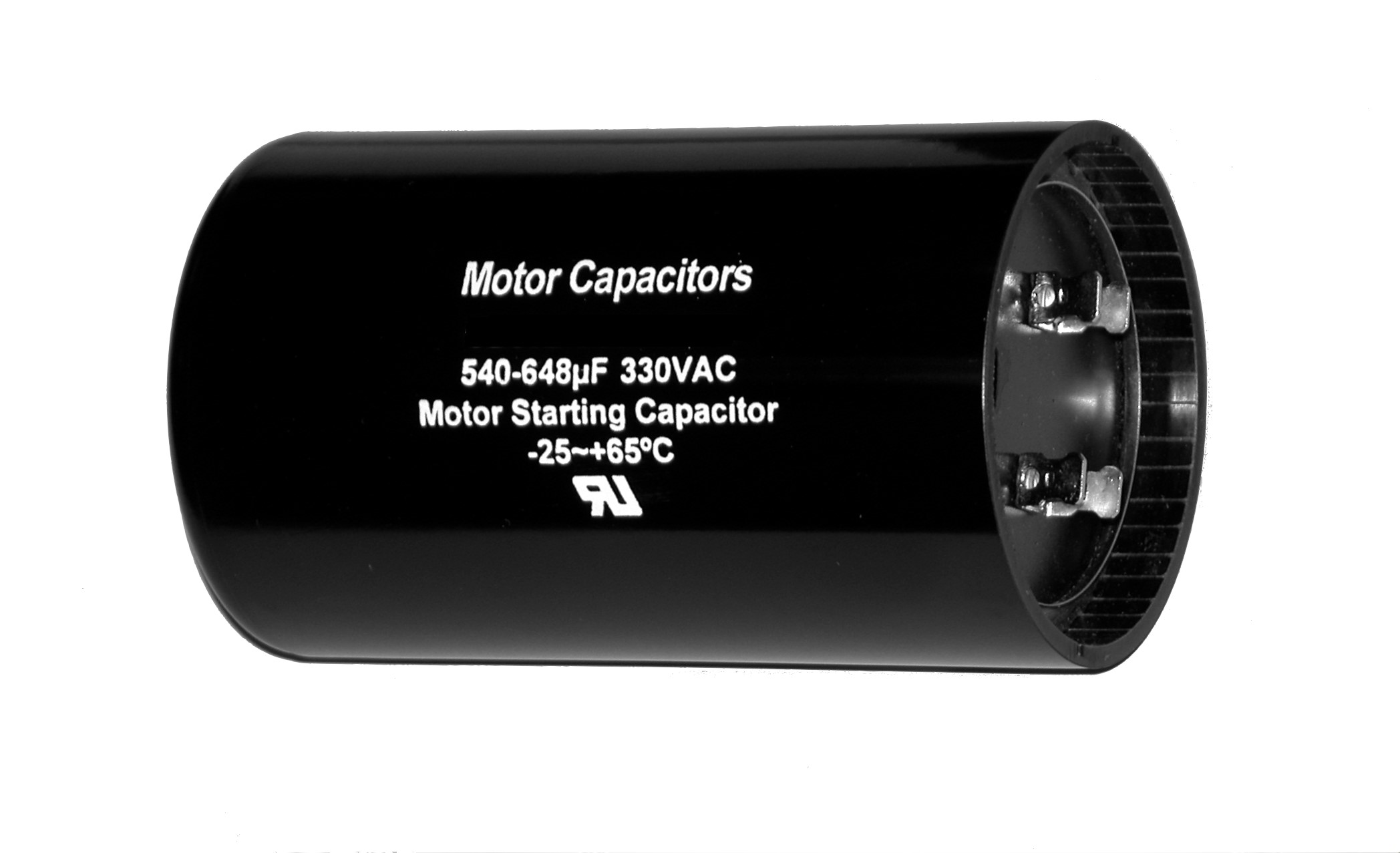

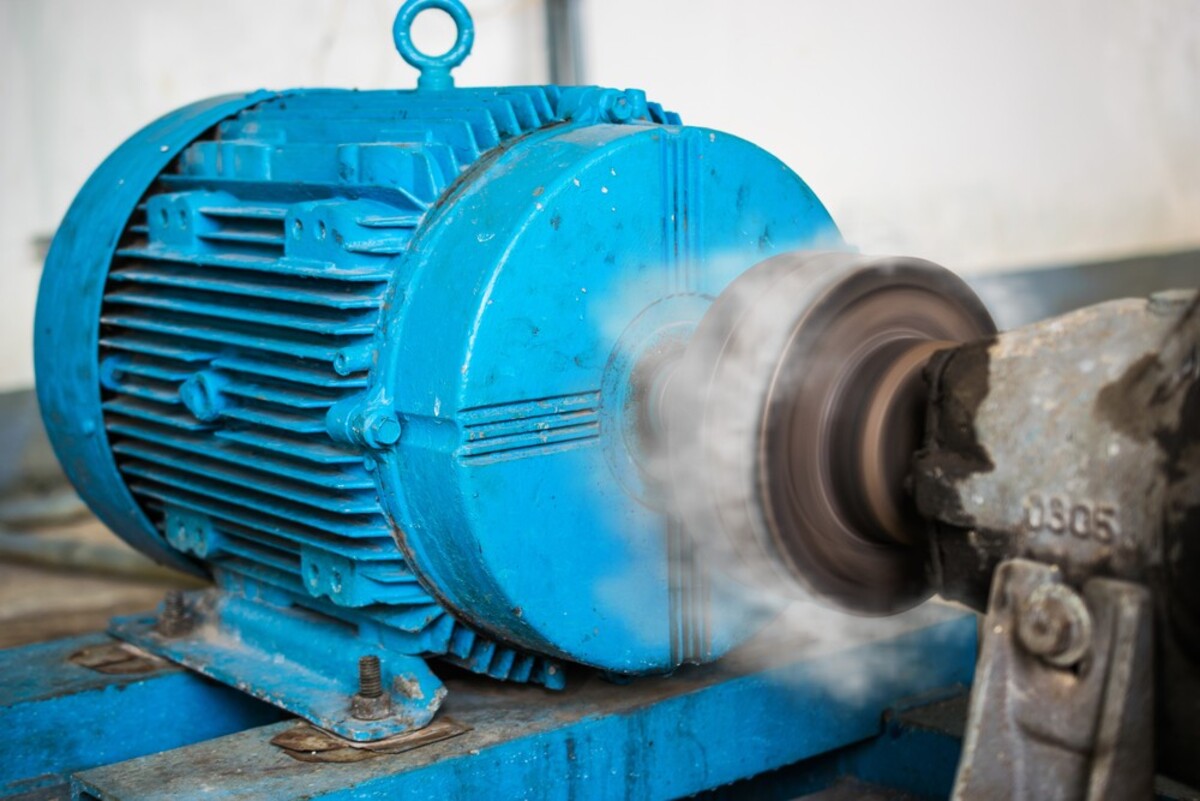
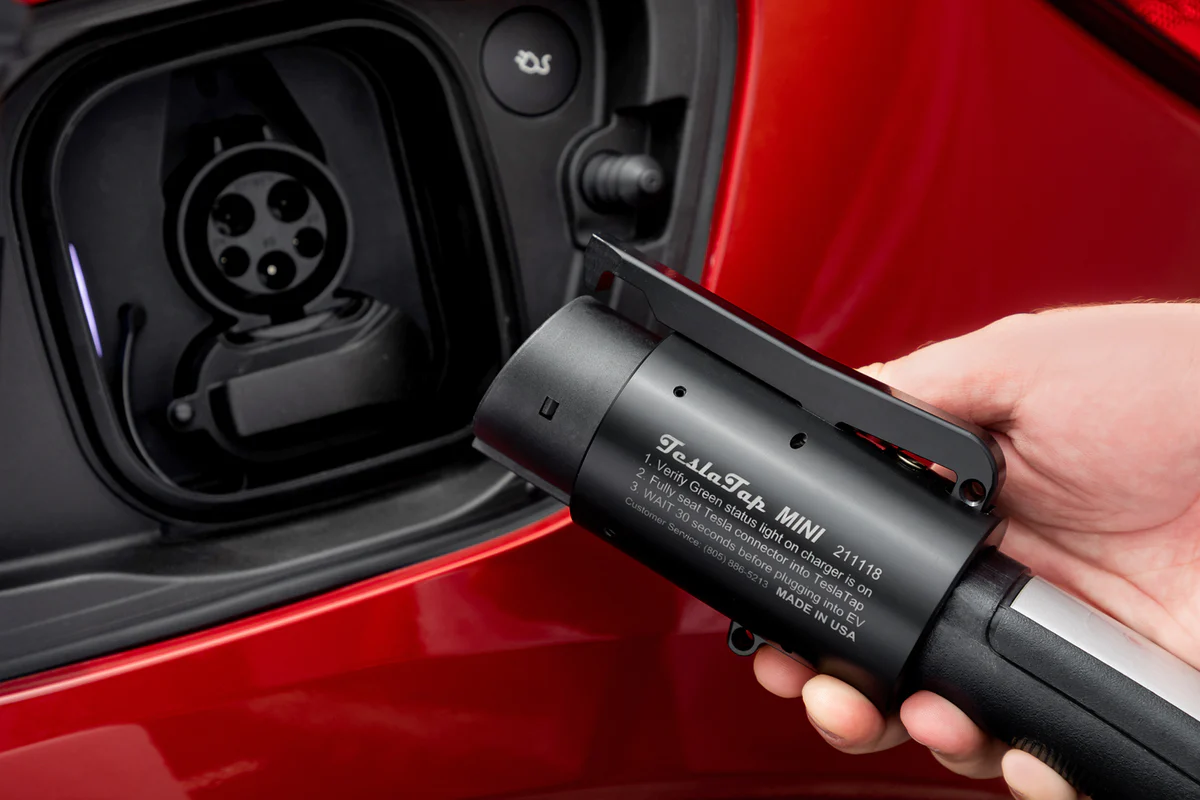
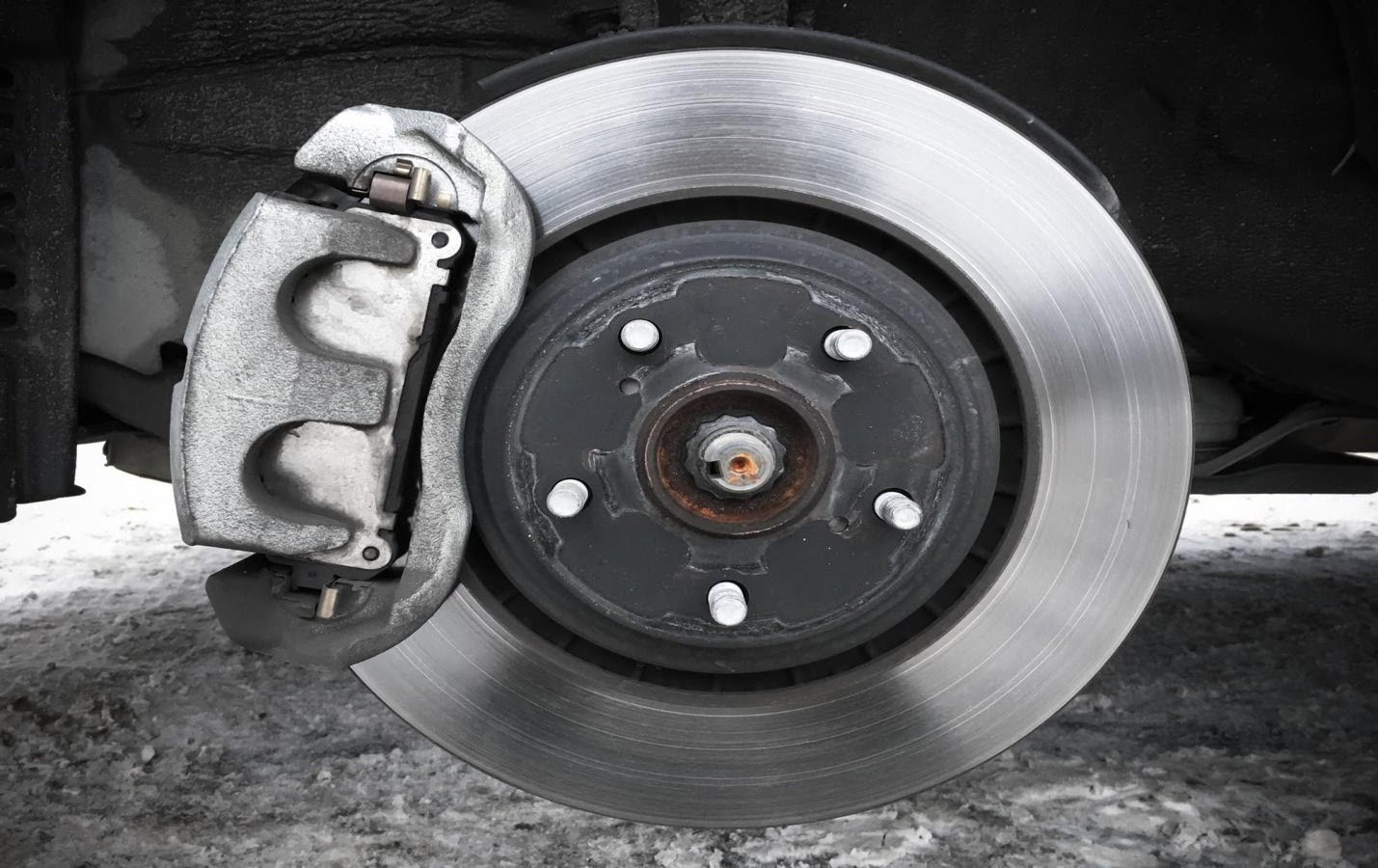
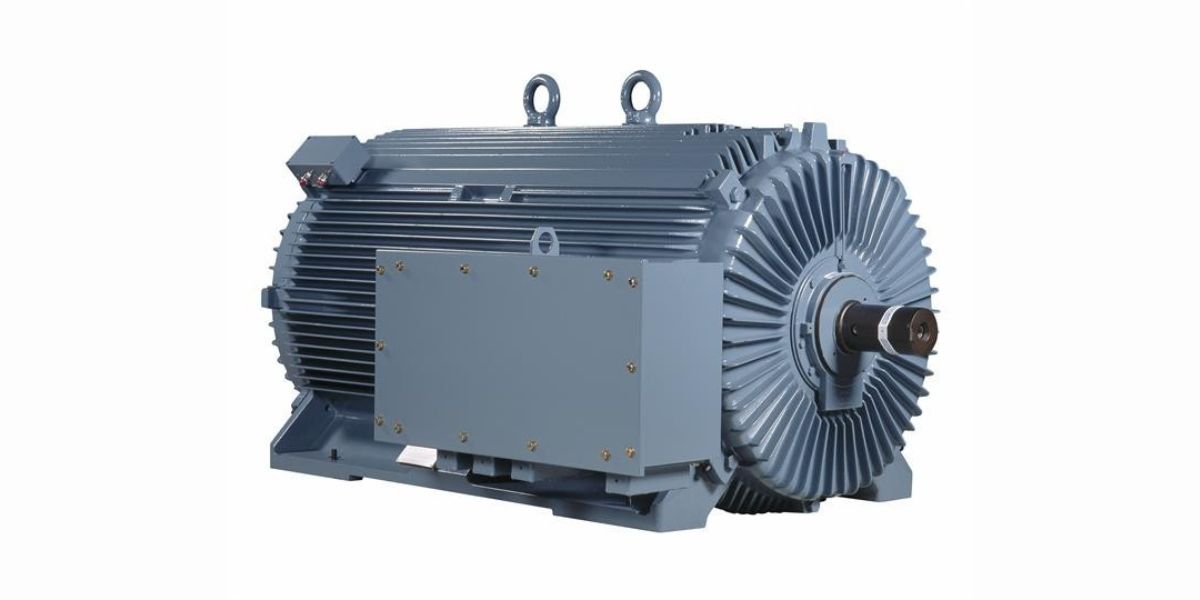
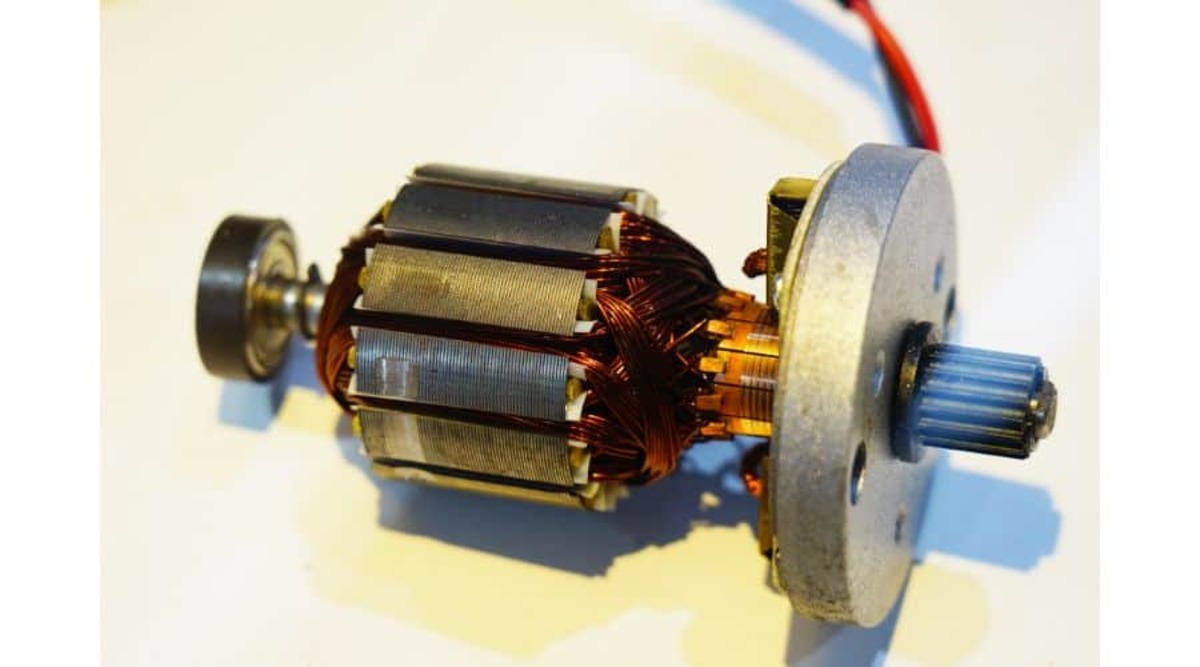
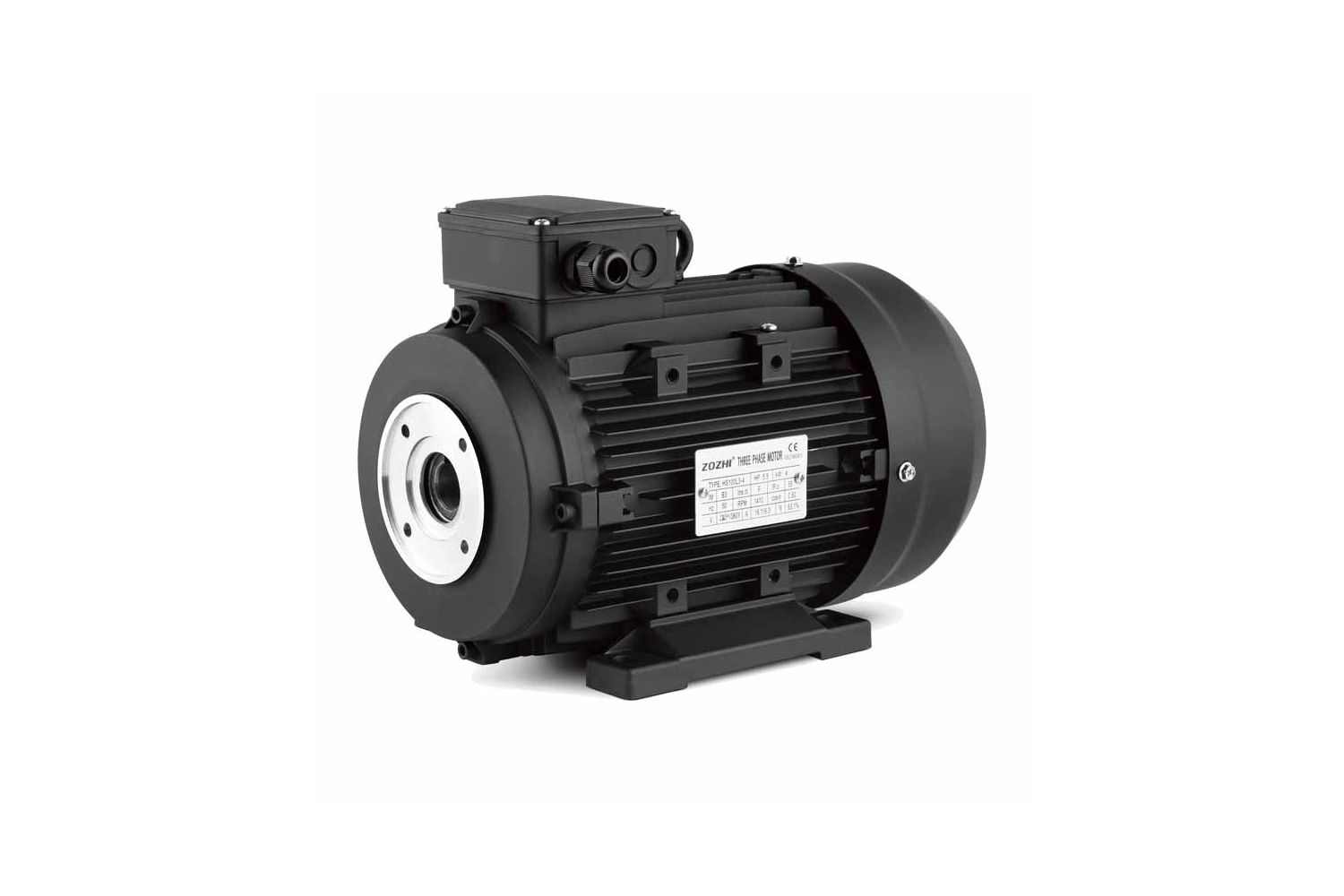

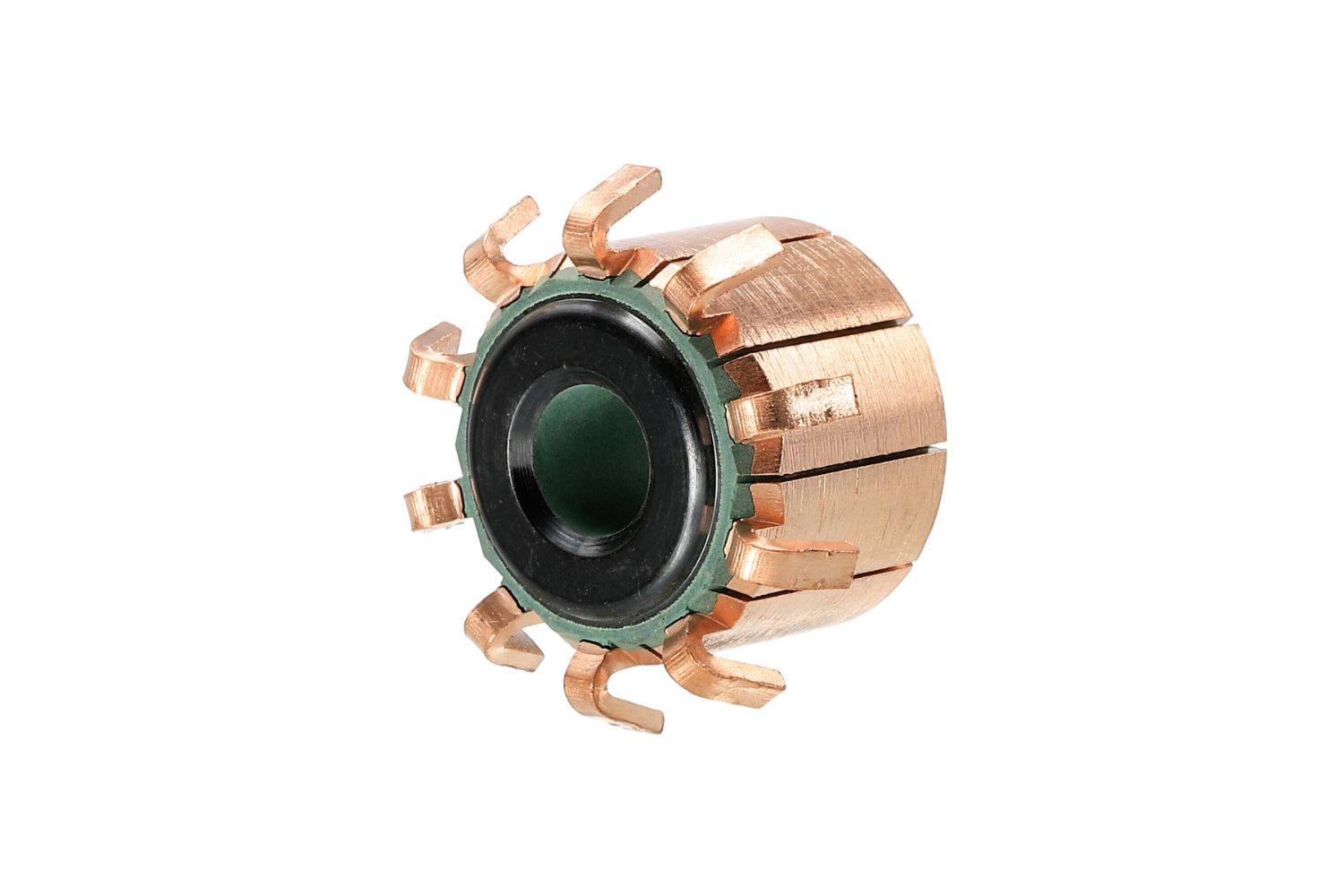
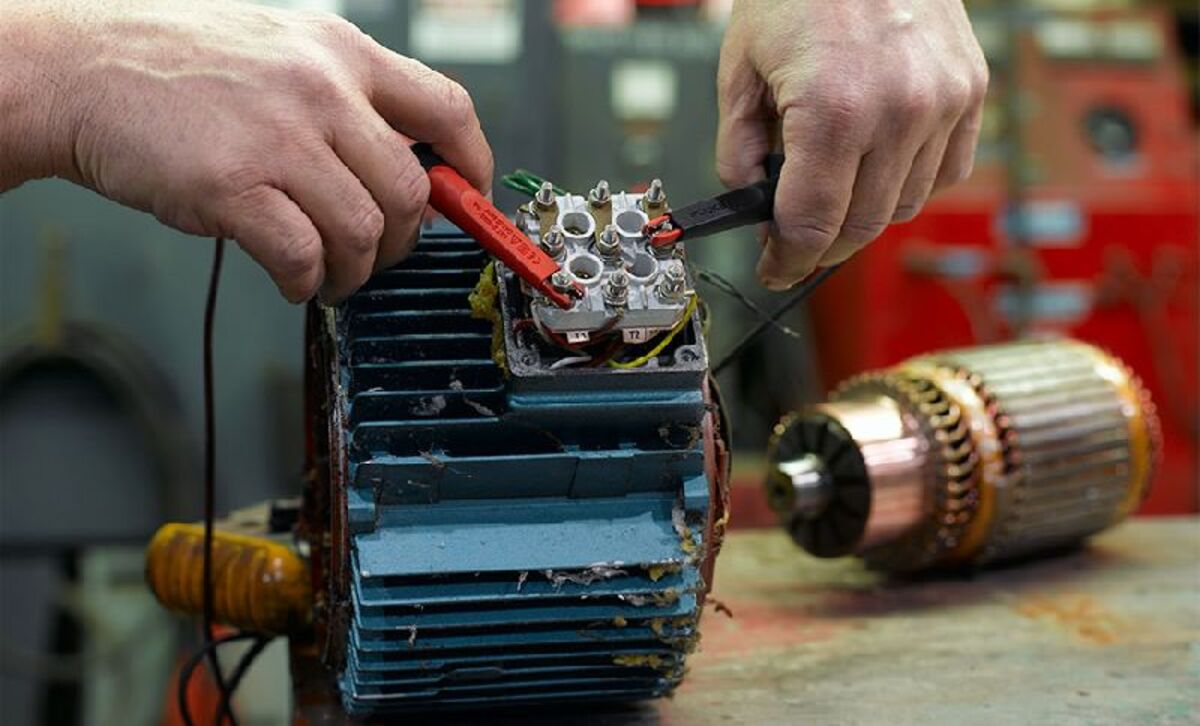
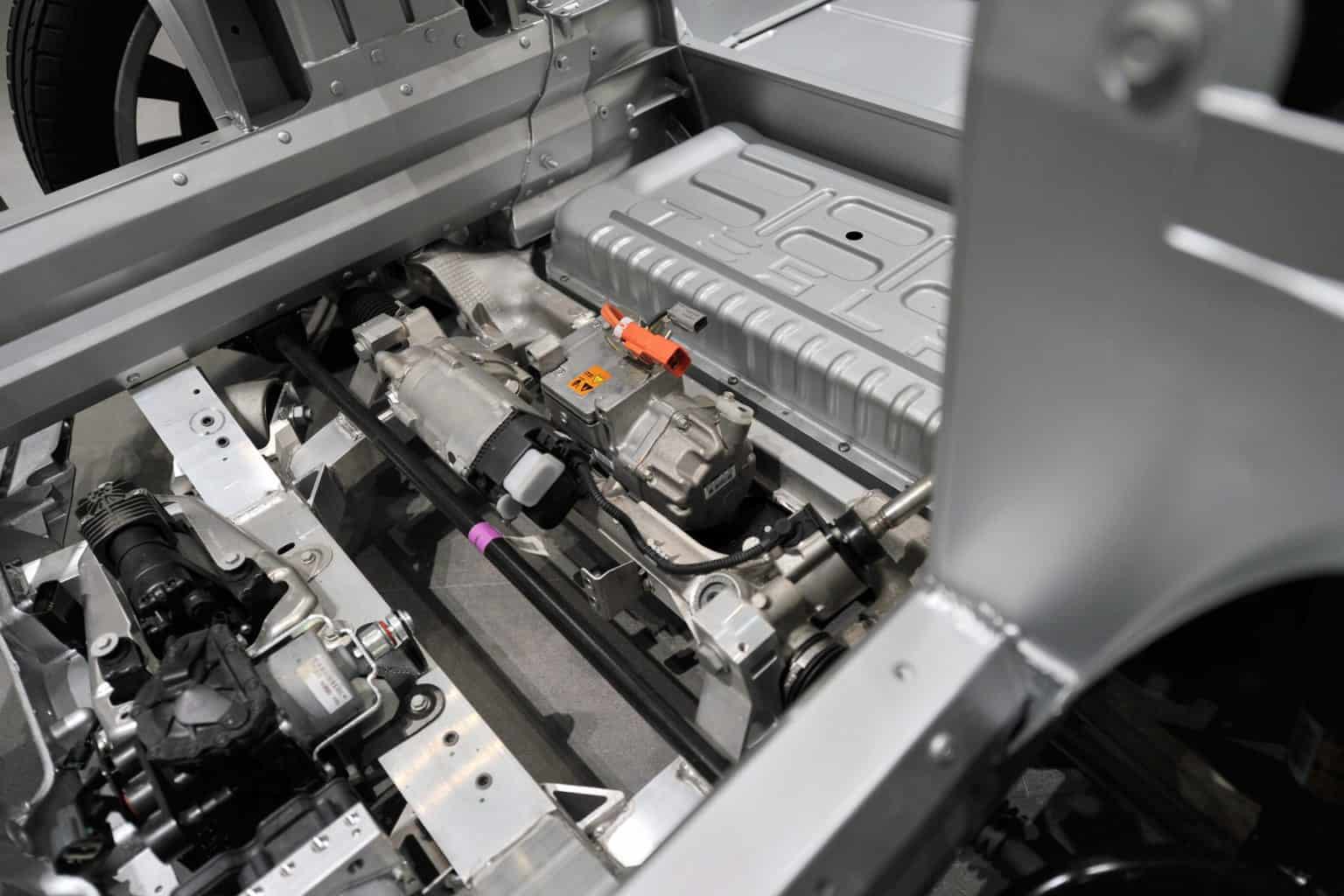
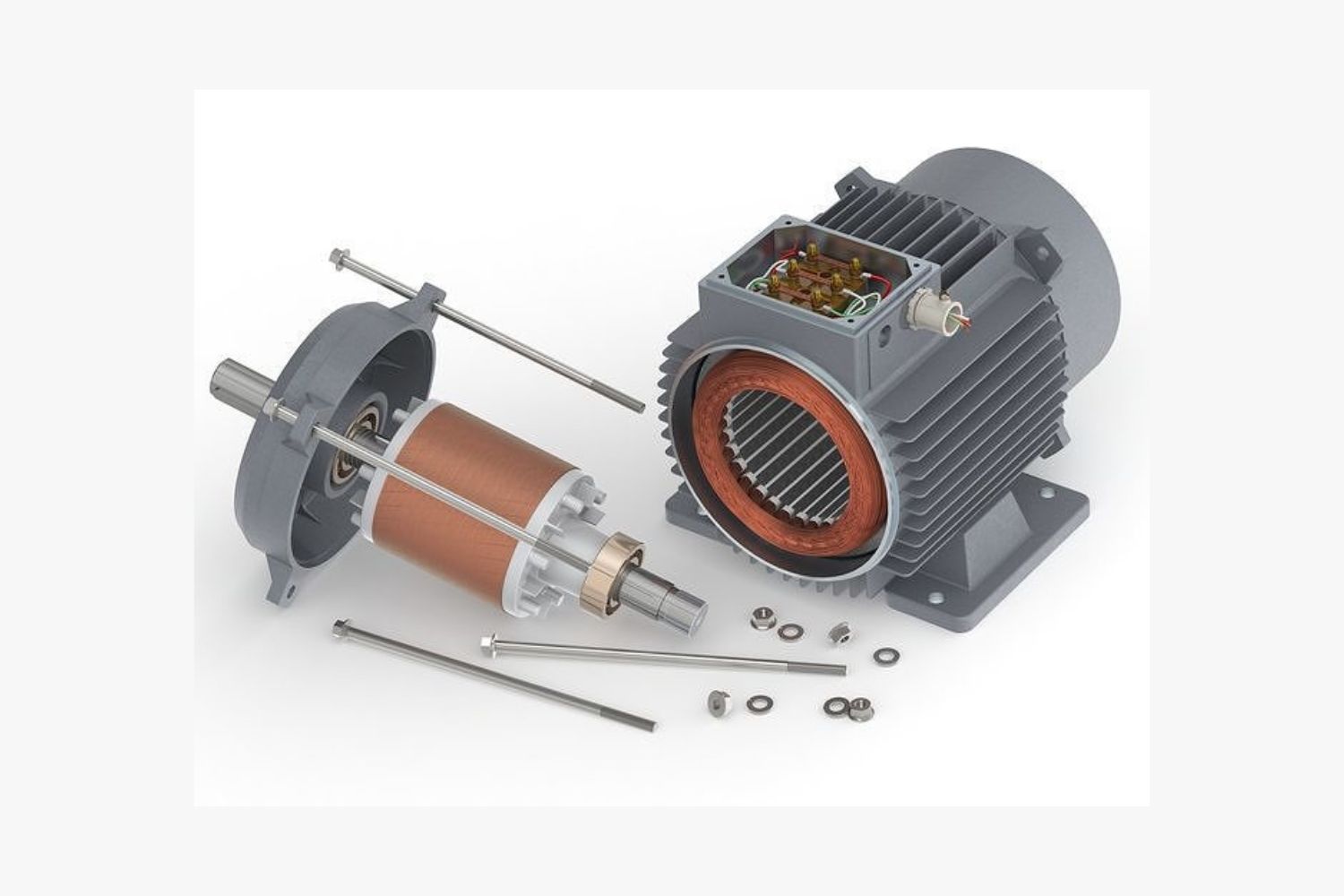

0 thoughts on “What Electric Motor Does Tesla Use”